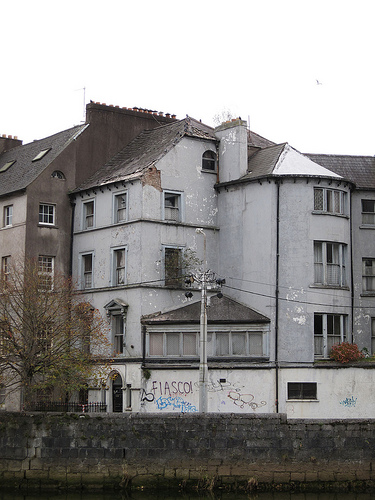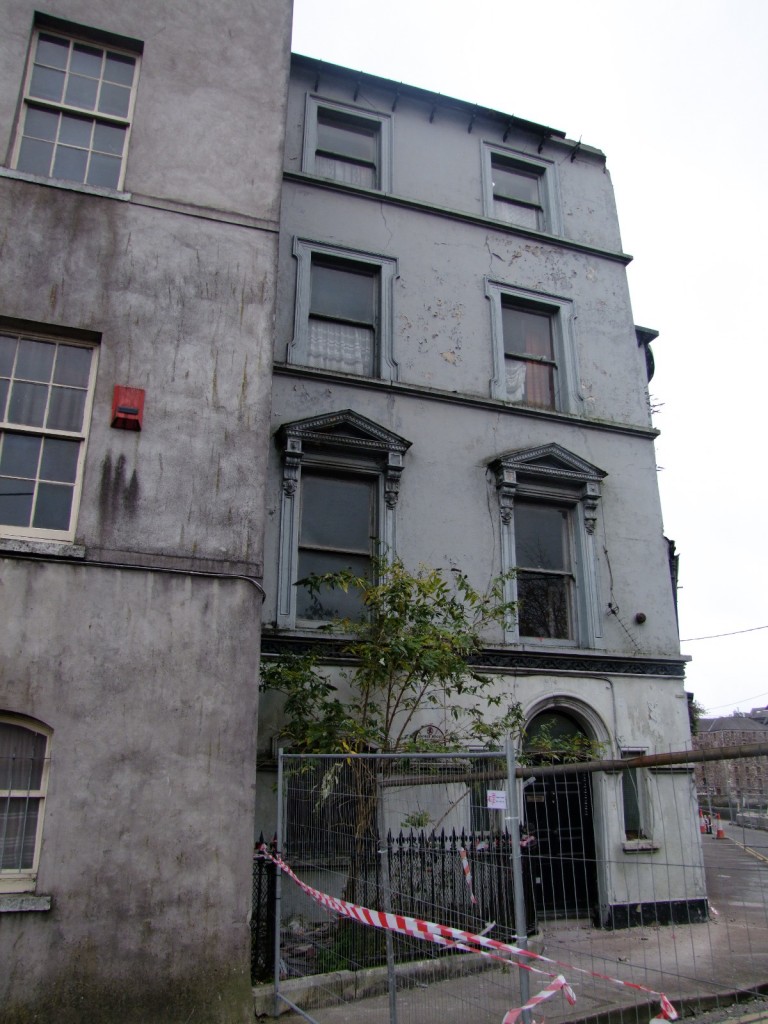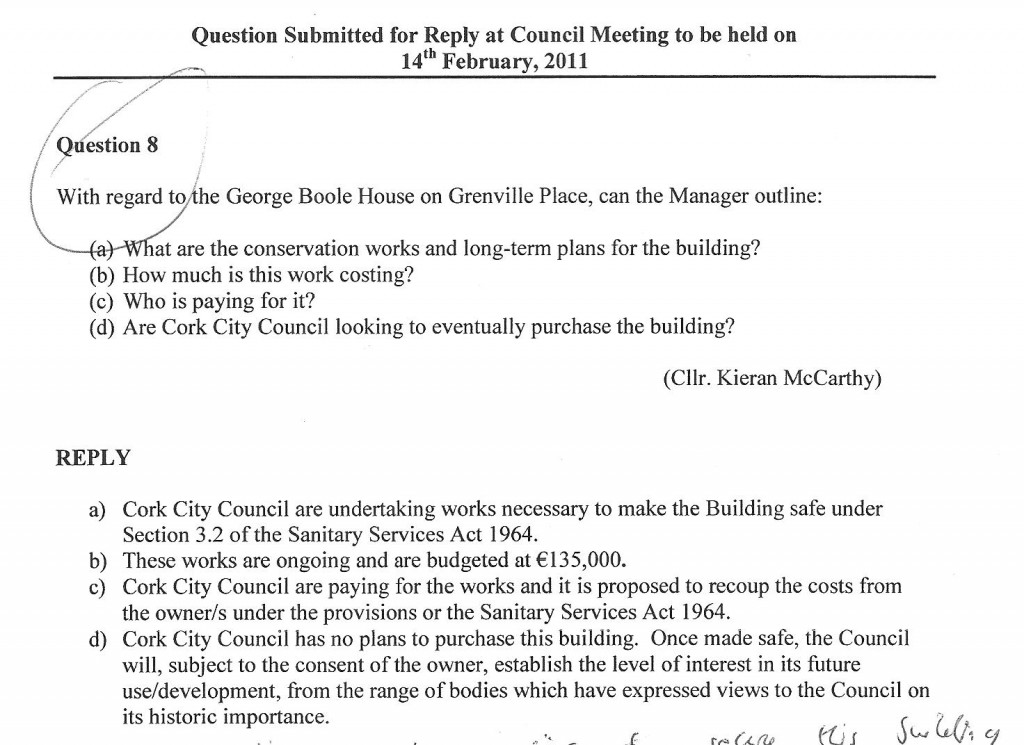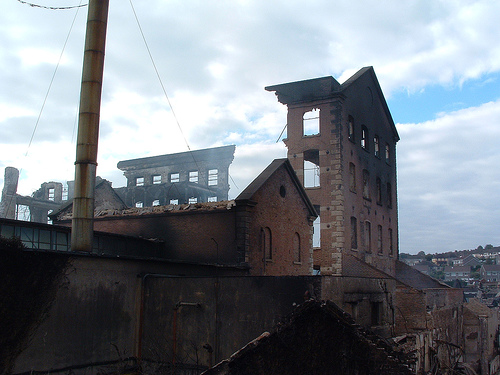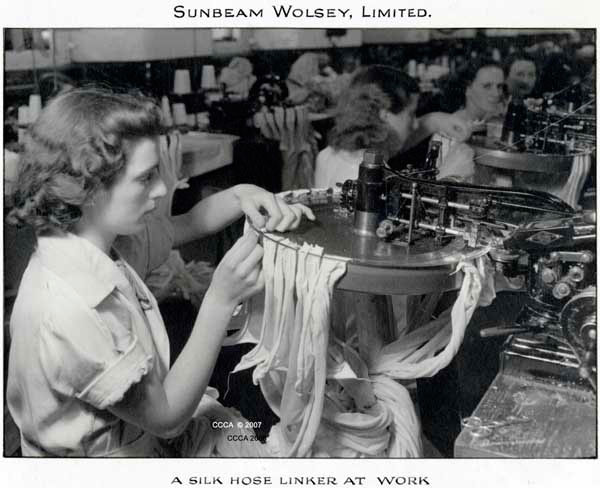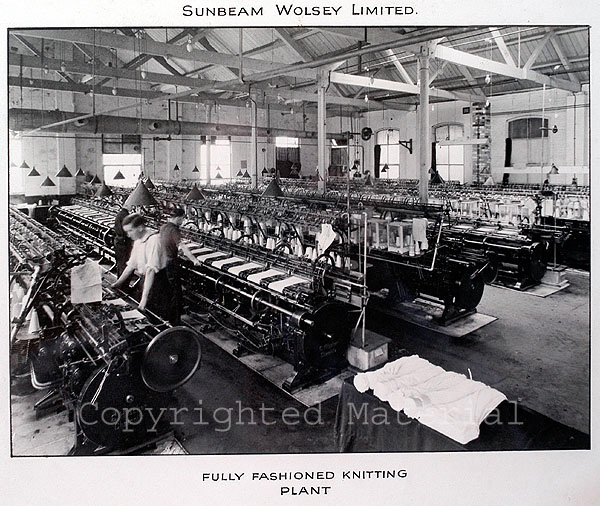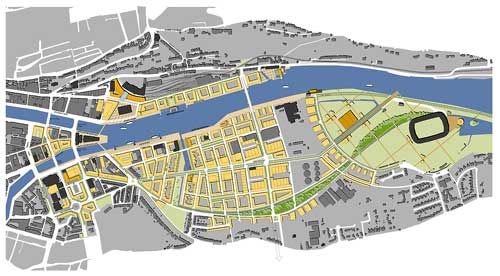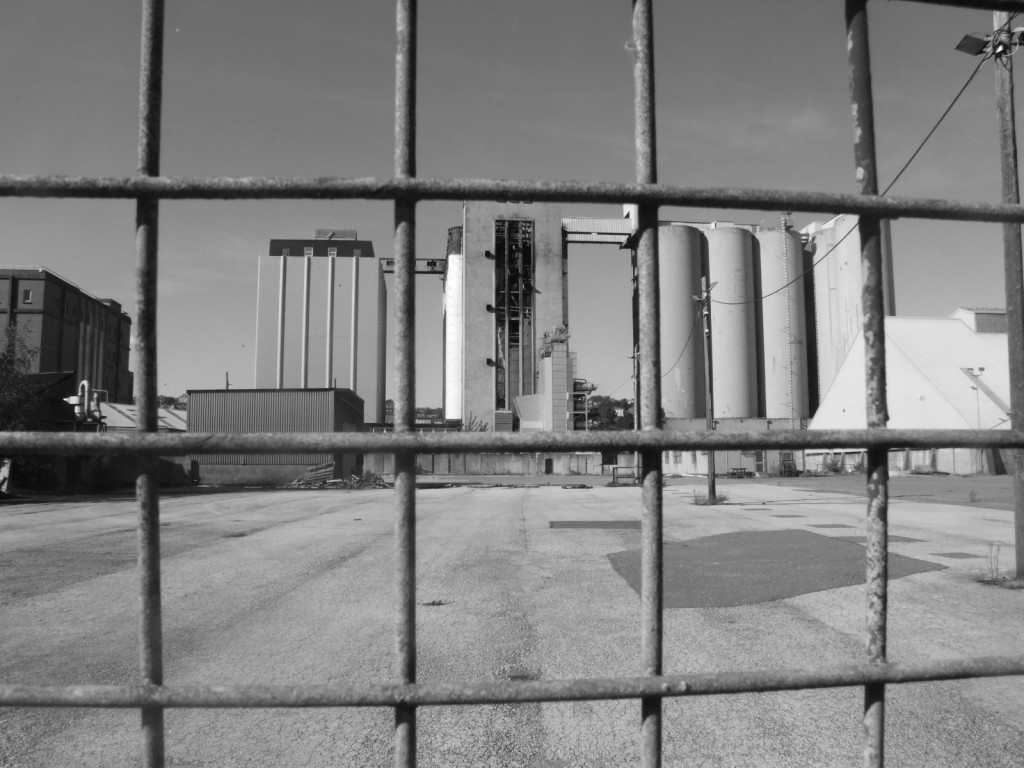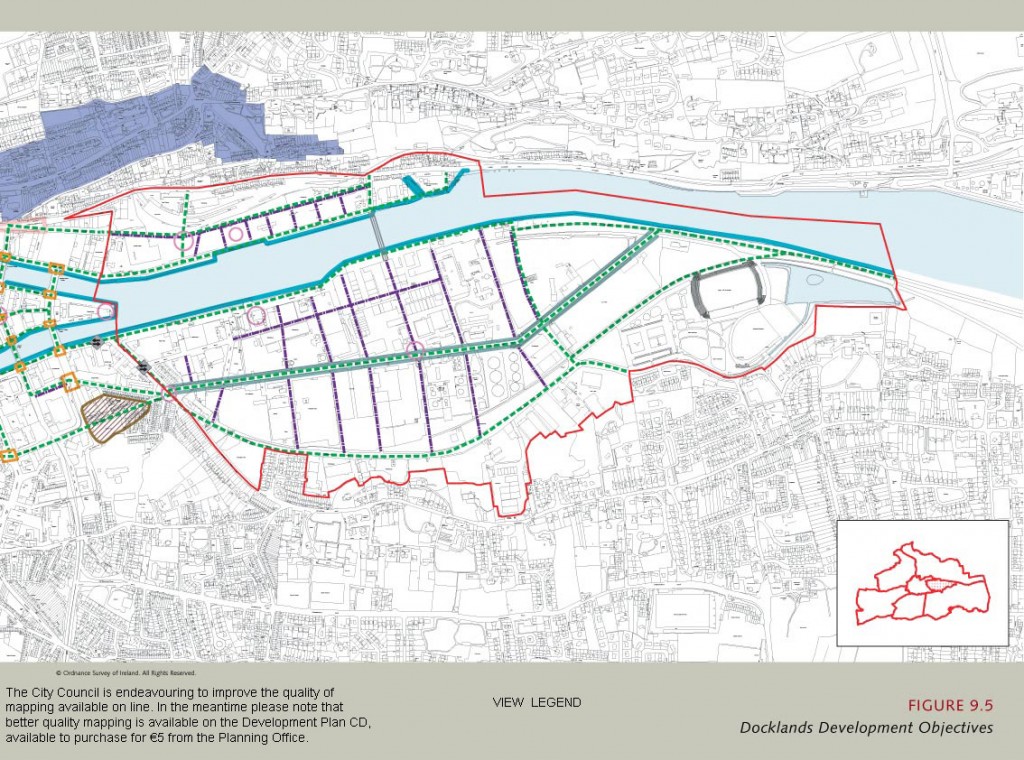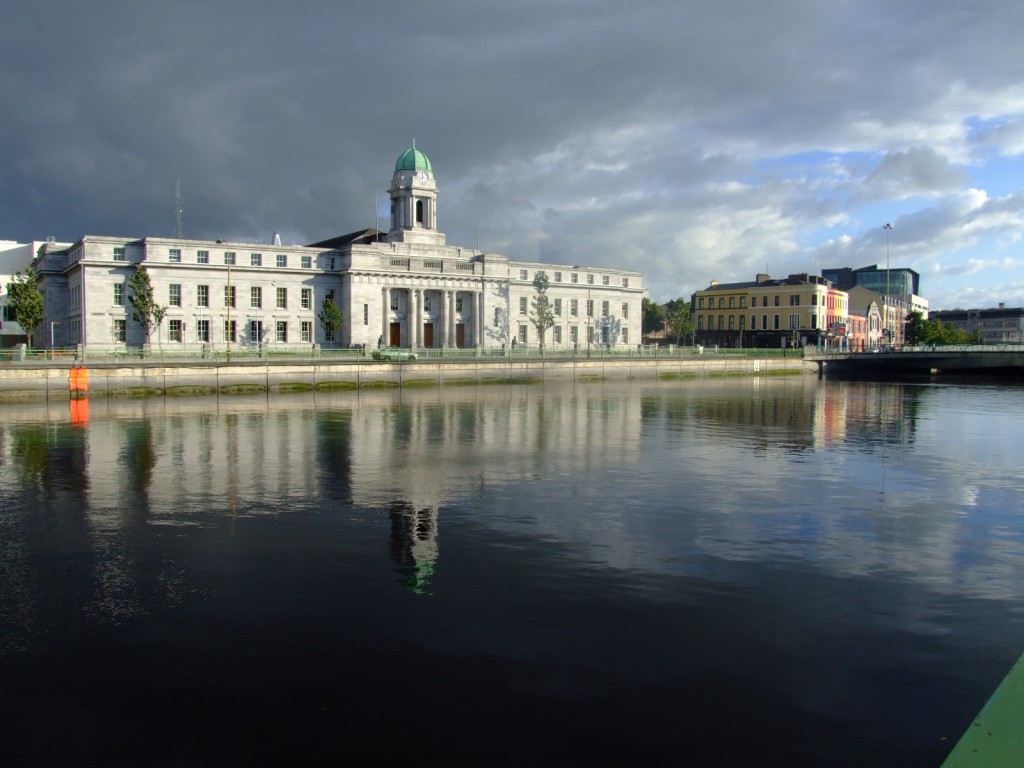I would like to welcome the Council’s interventions here and acknowledge the hard work of Pat Ruane and Jeremy Ward.
The building at no. 5 Grenville Place has been vacant for a period of at least ten years and suffered from neglect and then collapsed.
The same thing happened it seemed last week on Kyle Street and before that Castle Street.
Lord Mayor, I’m worried about the strength of our Building Control unit. Over the last year, three buildings have now collapsed within a short space of each other. I worried about health and safety with such structures collapsing. And that’s not scare-mongering that’s being realistic plus I’d like to call for a swot analysis from that unit on what is going on.
I suppose on the heritage and history front; on one level, old nineteenth century buildings are all over the place in Cork and the vast majority are protected structures. But I still worry in how we don’t market and harness some of the key buildings of Cork’s built heritage – on a bigger scale, I could talk on about places such as the old Butter Exchange, which I have not seen a decent plan yet to really make it a centre piece of tourism in the Shandon area and in the city; I also worry and could also talk about Elizabeth Fort and its surrounding heritage and the challenges facing that 400 year old fort.
But here is a house where George Boole and eminent Mathematician lived.
Born in Lincoln, Boole went on to be an English mathematician and philosopher.
As the inventor of Boolean logic—the basis of modern digital computer logic—Boole is regarded in hindsight as a founder of the field of computer science.
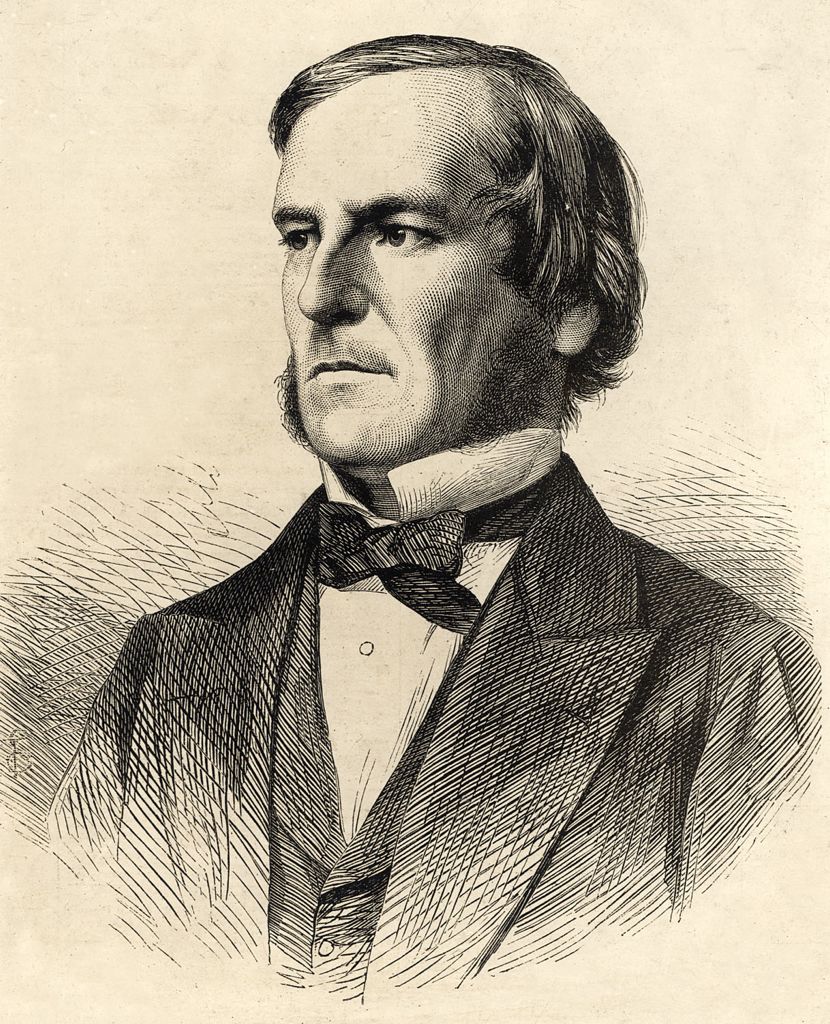
Way back in 1849, he came to Cork to be the first professor of mathematics of then Queen’s College, Cork in Ireland (now University College Cork, (where the library, underground lecture theatre complex and the Boole Centre for Research in Informatics are named in his honour).
Living on Grenville Place, his mathematical skills were fully realized.
Boole approached logic in a new way reducing it to a simple algebra, incorporating logic into mathematics. He also worked on differential equations, the calculus of finite differences and general methods in probability
.
The 8 year stretch from 1847 to 1854 possibility when he was living at Grenville Place starts and ends with Boole’s two books on mathematical logic. In addition Boole published 24 more papers on traditional mathematics during this period, while only one paper was written on logic,. He was awarded an honorary degree by the University of Dublin in 1851, and this was the title that he used beside his name in his 1854 book on logic- Mathematical Analysis of Logic and his 1854 book, Laws of Thought..
During the last 10 years of his career, from 1855 to 1864, Boole published 17 papers on mathematics and two mathematics books, one on differential equations and one on difference equations. Both books were considered state of the art and used for instruction at Cambridge. Also during this time significant honors came in:
|
1857 |
Fellowship of the Royal Society |
|
1858 |
Honorary Member of the Cambridge Philosophical Society |
|
1859 |
Honorary Degree of DCL, honoris causa from Oxford |
Unfortunately his keen sense of duty led to his walking through a rainstorm in late 1864, and then lecturing in wet clothes. Not long afterwards, on December 8, 1864 in Ballintemple, County Cork, Ireland, he died of pneumonia, at the age of 49. Another paper on mathematics and a revised book on differential equations, giving considerable attention to singular solutions, were published post mortem.
In time Boole’s work formed the basis of mechanisms and processes in the real world and that it is therefore highly relevant. The use of Booles Boolean algebra could optimize the design of systems of electromechanical relays,his basic ideas underly all modern electronic digital computers.
The crater Boole on the Moon is named in his honour.
So in terms of the history of Boole’s House, we are dealing with something richly steeped in research and pushing forward the discipline of maths.
The Grenville Site is another example of how this city is not good at engaging and harnessing its history, its built heritage and minding it.
To conclude
I would like to observe that this city needs to (a) review the effectiveness of our Building Control Unit and (b) invest more in the harnessing of the city’s history, otherwise, the memory of such people as George Boole will disappear from this city with others – we’ll have a city with no uniquenesses and we’ll have a generic looking city that looks like any other city in the world.
thanks
